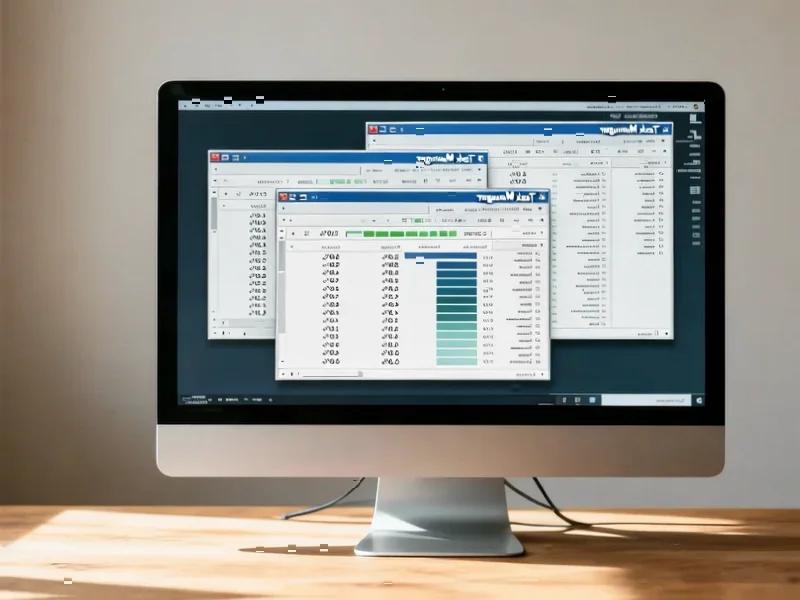According to Windows Report | Error-free Tech Life, Microsoft has confirmed a Windows 10 bug that incorrectly displays “Your version of Windows has reached the end of support” messages. The issue started appearing after installing updates released on or after October 14, 2025, specifically KB5066791. It affects Windows 10 version 22H2 Pro, Education, and Enterprise editions enrolled in Extended Security Updates, plus LTSC 2021 versions. Despite the alarming message, Microsoft says devices with active ESU licenses or supported LTSC versions will continue receiving security updates normally.
What This Really Means for the Windows Ecosystem
Here’s the thing – this bug reveals just how messy Microsoft’s Windows support landscape has become. We’ve got regular consumers moving to Windows 11, businesses clinging to Windows 10 through ESU programs, and specialized LTSC versions that follow different rules. It’s a support nightmare waiting to happen.
And honestly, who can blame IT admins for being confused? When Microsoft’s own systems can’t keep track of who’s properly licensed for extended support, what chance do regular users have? This false alarm probably caused panic in enterprise IT departments worldwide. I mean, imagine getting that message on hundreds of corporate machines you thought were covered until 2028.
The timing couldn’t be worse either. Microsoft is desperately trying to migrate users to Windows 11 while maintaining revenue from Windows 10 holdouts through ESU programs. A bug like this undermines confidence in their ability to support legacy systems properly. It makes you wonder – if they can’t get the warning messages right, what else might be slipping through the cracks?
Who Benefits From Microsoft’s Stumble?
Look, competitors are definitely paying attention. Companies like Canonical with Ubuntu or Red Hat with enterprise Linux solutions must be loving this. Every time Microsoft stumbles with Windows support, it gives alternative platforms another talking point for migration conversations.
Basically, this incident plays right into the hands of the “Windows is too complicated” narrative. Smaller businesses that were on the fence about sticking with Windows through ESU might now be more open to exploring alternatives. The enterprise software market is brutal, and competitors will seize any advantage they can get.
But here’s the real question – does this actually help Microsoft’s Windows 11 migration goals? In a weird way, it might. The constant reminder that Windows 10 is in “extended” rather than “normal” support could push some organizations to accelerate their upgrade timelines. Still, that’s a dangerous game to play when you’re charging premium prices for that extended support.
At the end of the day, Microsoft needs to clean up their act. The fact that they need both cloud configuration updates AND Group Policy fixes for a simple display error shows how complex their patch management has become. When your temporary solutions require enterprise-level IT skills, you’ve got a problem.




